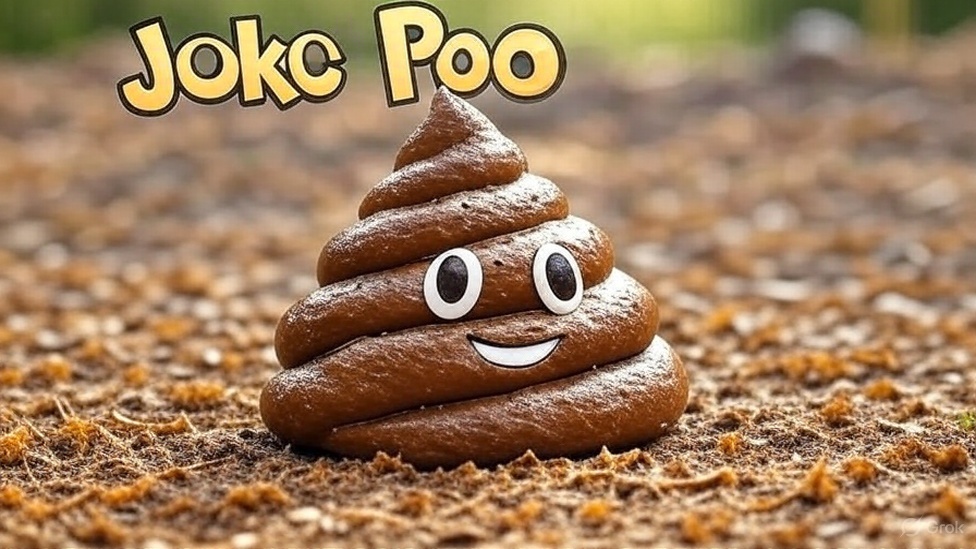I said, “He’s our third!”
Joke Poo: Digital Download
At a comic convention, I pointed to the line for the exclusive print and told the person next to me, “That’s my novel being signed down there!”
She asked what edition it was.
I said, “It’s the limited digital!”
Alright, let’s break down this joke.
Joke Dissection:
- Setup: Establishing a scenario – a college football game. Introduces a speaker and a listener. The speaker identifies someone on the field as their son.
- Misdirection: The listener’s logical assumption is that the son is playing football. They inquire about his jersey number, expecting a football-related answer.
- Punchline: The punchline reveals the son is not a player but a child, and the speaker is referencing his birth order. It’s a pun based on the ambiguity of “number.”
- Humor Type: Pun, situational irony, unexpected reveal.
Key Elements:
- College Football: A context associated with athleticism, teamwork, and identifiable players through numbers.
- “Son”: Establishes a familial relationship.
- “Number”: The crucial ambiguous word that creates the pun.
- Parental Pride: The initial statement (“That’s my son down there!”) suggests a typical proud parent moment related to athletic achievement.
Comedic Enrichment using Related Facts & Observations:
Let’s focus on the “number” element and the fact that most sports use it to denote individual players. Here are some ways we can leverage this:
Option 1: New Joke (Building on the original):
I used that “my son is down there!” joke again at my daughter’s ballet recital. When someone asked what number she was, I just sighed and said, “Actually, she’s the square root of negative one. She’s imaginary.”
Why it works: It plays on the original joke’s structure while introducing a new, equally surprising interpretation of “number” related to math concepts.
Option 2: Witty Observation:
You know, it’s funny how in sports, numbers are supposed to identify you, but in large families, they often just define you. Number three always gets hand-me-downs, regardless of the sport.
Why it works: This highlights the contrast between the structured world of sports and the more chaotic reality of family dynamics, using the “number” concept as a bridge.
Option 3: Amusing “Did You Know”:
Did you know that in the early days of college football, players didn’t even wear numbers? It wasn’t until the 1930s that numbers became commonplace. Which must have made telling your kids apart during the game extremely difficult. Especially if you had “number three” already running around in the stands!
Why it works: This offers a historical fact about the numbering system within football and uses it to enhance the premise. It indirectly builds on the joke by suggesting how easily misinterpreted the statement would have been historically.
Option 4: Combining Elements into a New Joke
I tried pulling that “my son down there!” joke at a Mensa convention. When someone asked his number, I said, “He’s the 42nd percentile… in tidying his room.” The silence was deafening. I guess they only appreciate statistically significant numbers.
Why it works: By using the high-brow setting of a Mensa convention, and referencing the statistically related word ‘percentile’, and adding the humourous contrast of tidy room (or lack of) and the original statement, it plays on the humor of the original joke, but with a new scenario.
These are just a few examples. The key is to leverage the inherent ambiguity of the original joke and expand upon the different interpretations of its components to create new comedic scenarios. The best comedic enrichment often comes from combining familiarity with novelty.


